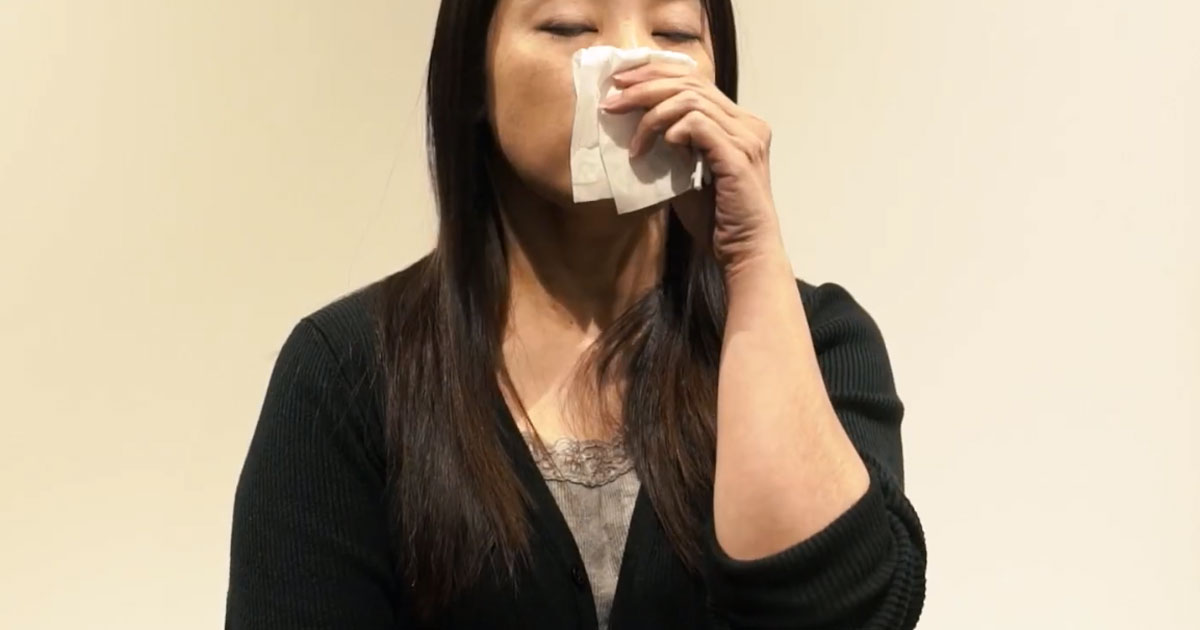It has been 30 days since the Covid-19 virus outbreak caused some panic and havoc in Singapore.
Even as the number of confirmed cases fall going into this fifth week of the outbreak, there are signs that things are getting better -- but experts are cautiously optimistic.
The biggest threat, experts have pointed out, might be coming from the increase in confirmed cases worldwide outside of Singapore and China, as more infections are being detected.
Here's a rundown of what has transpired and what to expect, as four infectious health diseases experts have given their take, given what we know in Singapore after a month of Covid-19:
⚫ Singapore confirmed first Covid-19 case on Jan. 23
Case 1 was a 66-year-old Wuhan resident who arrived in Singapore on Jan. 20 and was confirmed with the disease on Jan. 23.
⚪ Peak Covid-19
Peak Covid-19 in Singapore was on Feb. 14: Nine cases were confirmed in one day.
No new clusters of local transmission have been detected for several days.
Most of the latest cases can all be traced back to earlier ones.
A large number of patients have been discharged from the hospitals where they had been isolated.
Covid-19 situation appears to have slowed going into the fourth week of the outbreak in Singapore.
⚫ Singapore's biggest cluster: Grace Assembly of God
The Grace Assembly of God cluster appears to be the peak of the outbreak in Singapore.
This is so as Singapore has been actively conducting contact tracing on a massive scale and doing hundreds of polymerase chain reaction (PCR) tests per day.
The PCR test is used to detect Covid-19.
Very few to no active transmission cases have been discovered -- given the small proportion of confirmed cases versus the large number of tests done.
⚪ Prediction: Covid-19 should peter out by late-February
Earlier scientific models predicted that the number of new infections of the Covid-19 virus would peak in mid- to late-February, which was also previously predicted by Chinese scientist Zhong Nanshan.
Zhong is the eminent 83-year-old epidemiologist who had discovered the SARS (severe acute respiratory syndrome) virus.
Primary cases have been falling -- where primary cases are those that could have contracted the virus through local transmission with no known link to previous cases.
Singapore upgraded its Disease Outbreak Response System Condition (DORSCON) alert level to Orange on Feb. 7 after discovering three such primary cases.
The fourth week of the outbreak has seen no new cluster and fewer primary cases have appeared.
⚫ Singapore making sure possible cases don't fall through the cracks
Singapore has expanded its case definitions to screen all patients with pneumonia for Covid-19, to make it unlikely that cases would remain undetected.
To help with recollection and contact tracing, it has been suggested that a mobile phone application be built for contact tracing in the future.
⚪ More people discharged
A majority of the cases detected in the first two weeks of the outbreak have been discharged, which is the same trend overseas.
As of Feb. 21, 47 out of the 86 cases have fully recovered.
There are five cases in critical condition.
⚫ Covid-19 infections mild
Covid-19 infections are mild for more than 80 per cent of patients, but there appears to be a risk of getting re-infected.
The mortality rate of Covid-19 outside China is around 0.2 per cent
⚪ Cases with no link to China on the rise
However, cases that cannot be traced back to mainland China have now exceeded those with a known link to China.
⚫ Proceeding towards possible 3rd round of infections
The first round of infection comes from China.
The second round comes from locals who were infected with contact with the Chinese.
The third round could come from outside of China and Singapore.
The number of new cases detected outside China climbed at a steady rate since Feb. 7.
This number has crossed the threshold of 100 new daily cases for the first time on Feb. 17.
It has remained high ever since.
If you like what you read, follow us on Facebook, Instagram, Twitter and Telegram to get the latest updates.
